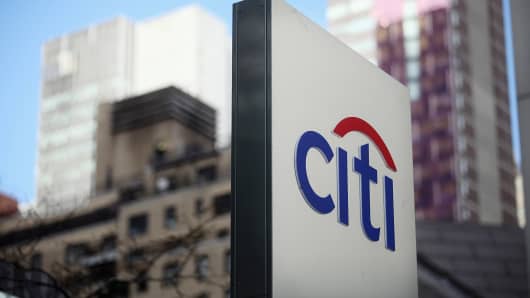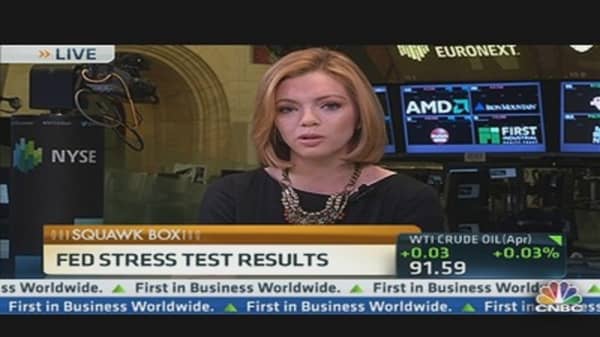Where stress tests are concerned, call Citigroup "most improved."
The bank posted an 8.3 percent tier 1 common capital ratio - the highest of its peers - under the Federal Reserve's annual stress tests, which show how financial institutions would fare amid severe economic crisis.
While the tests have been carried out for three years, this is the first that it's been tackled in two, separate parts: The first, the performance of the banks on the Fed's models. The second, the Fed's sign-off on each bank's plan to return capital to shareholders.






